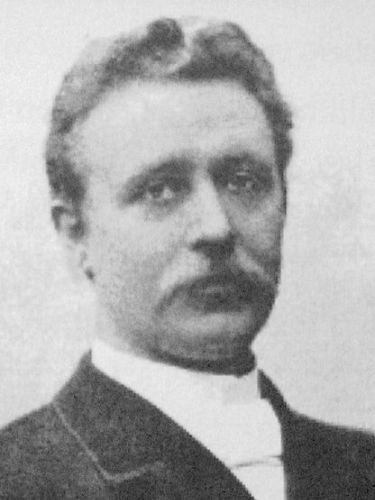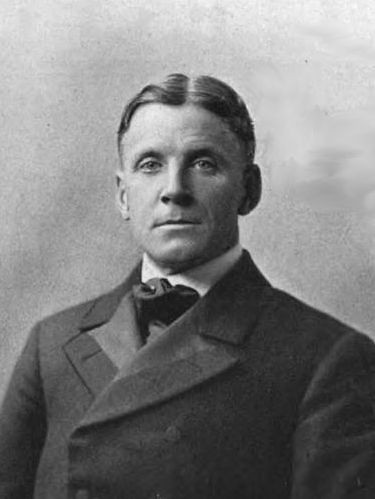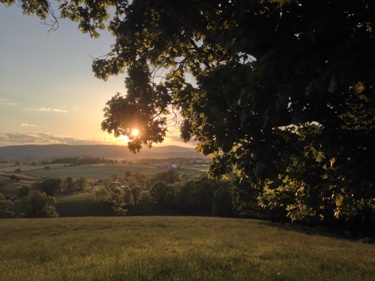
Volume VIII, Issue XXVII
Recognizing True Greatness
G-d's Not Dead
What do you do when your faith is challenged? A recent film asks that question as it follows a college student's unexpected 'testing' when his philosophy professor demends that all of the students write "G-d is Dead" on a piece of paper, sign it, and hand it in at the beginning of the first class, or face a failing grade. For most, it is a simple exercise of class compliance, but for freshman Josh Wheaton it is a demand that he deny the very foundations of who he is. Josh nervously refuses to comply, raising the ire of professor Radisson, who counters Wheaton's refusal with a daunting assignment; he must prove G-d's existence by presenting well-researched, intellectual arguments and evidence. He must go head to head with Radisson in a series of classroom debates. If he cannot convince his classmates of G-d's existence, he fails the course.
The movie G-d's Not Dead opened in just under 800 theaters, yet it sold out in many locations and outperformed films with far larger exposure. Directed by Harold Cronk, the film dramatizes what is unfortunately an all too commonly seen antipathy to faith in the modern academic community. But consider this; the universities that the radicals of the 1960's became tenured in during the years that followed owe their beginnings to people of faith who sought to bring truth and order, rooted in faith, to the Americas. Great schools like Dartmouth and William and Mary sought to bring the invigorating element of Faith to the populace of the New World, both Native and European. That initial mission is now reflected only in the aforementioned schools' mascots and Dartmouth's remaining scholarships for people of Native American ancestry.
“G-d’s Not Dead didn’t have a massive marketing budget, a liberal A-list star above the title or even the same number of screens most mainstream movies receive. The film is still on pace to snare the fourth spot in the weekend’s box office chart in a very competitive frame. LA Times: ”The religious drama ‘G-d’s Not Dead’ surprises at box office. The film, which opened on just 780 screens nationwide, took in more than $2.8 million Friday. It’s likely to be the No. 3 movie for the weekend, behind the bigger-budget, wider-released “Divergent” and “Muppets Most Wanted.” - Breitbart
The need to consider the greatness of G-d and His story are nothing new. This is reflected in the hymns of old and the wonder that they still inspire!

Carl Boberg.
He was 26 years old. The year was 1885. Carl Boberg, a Swedish minister, wrote a poem entitled, “O Store Gud”. Boberg’s poem was published in 1886. The title, “O Store Gud,” translated into English is “O Great G-d,” translated into English, it reads like this:
When I the world consider
Which Thou has made by Thine almighty Word
And how the webb of life Thy wisdom guideth
And all creation feedeth at Thy board.
Refrain:
Then doth my soul burst forth in song of praise
Oh, great G-d
Oh, great G-d.
Stuart K. Hine, who wrote the hymn "How Great Thou Art" that we recognize today, was an English missionary to Poland in the 1920s. Climbing through the Carpathian Mountains, his entourage was faced with a gathering storm. Inspired by "O Store Gud," he penned the first verse of the hymn we know today. The storm was so severe that the party could not travel further. Reaching a little village, they were given shelter by the local schoolmaster.
Traveling on into Romania and into Bukovina, Hine wandered forest glades with the young people in his company. Thus was born the second verse. The conversion of many people living in the Carpathian Mountains inspired the third verse and the fourth, speaking of Christ's triumphant return to Earth, was written when Hine returned to England.

Maltbie Davenport Babcock.
Born in Syracuse, New York in 1858, Maltbie Davenport Babcock was the Pastor of a church in Lockport, New York. He often took long walks along the Niagra Escarpment, where he enjoyed the sweeping views of Lake Ontario. He would say to his wife Katherine: "I am going out to see the Father's World." Indeed, his walks with G-d in the beauty of Upstate New York inspired him to write the poem that became the great hymn. My beautiful wife was born in Syracuse, New York, though her Oklahoma accent, acquired in her childhood, makes that a well kept secret! She often hears me express a sentiment similar to Babcock's as I head for the Blue Ridge Mountains for the "Sunday Afternoon Walk."
Both hymns begin with an awe of G-d revealed in observation of nature. They build to an understanding of Christ's redemptive Love and rise to an expression of the triumphant Messiah establishing his rule and order on this Earth.
I have always loved the hymns these men wrote. The Hymns Project [click to read] was inspired by them. My friend and Colleague, Kristina Elaine Riley Greer actually deserves the credit for first developing graphic expression for great hymns. Her work on Henry Alford's Come Ye Thankful People, Come [click to read] and Joy to the World [click to read] deserve recognition in their own right. The Hymns Project was an attempt to build a visual representation of the rich musical tradition began by Carl Boberg, Stuart K. Hine and Maltbie Davenport Babcock.

The Hymns Project.
The Testimony of Nature
Evening Light Plays Across the Folds of the Great Valley

Photo by Kristina Elaine Riley Greer.
The heavens declare the glory of G-d; and the firmament sheweth his handywork.
Day unto day uttereth speech, and night unto night sheweth knowledge.
There is no speech nor language, where their voice is not heard.
Their line is gone out through all the earth, and their words to the end of the world. In them hath he set a tabernacle for the sun,
Which is as a bridegroom coming out of his chamber, and rejoiceth as a strong man to run a race.
His going forth is from the end of the heaven, and his circuit unto the ends of it: and there is nothing hid from the heat thereof.
The law of the Lord is perfect, converting the soul: the testimony of the Lord is sure, making wise the simple.
The statutes of the Lord are right, rejoicing the heart: the commandment of the Lord is pure, enlightening the eyes.
The fear of the Lord is clean, enduring for ever: the judgments of the Lord are true and righteous altogether.
More to be desired are they than gold, yea, than much fine gold: sweeter also than honey and the honeycomb.
Moreover by them is thy servant warned: and in keeping of them there is great reward.
Who can understand his errors? cleanse thou me from secret faults.
Keep back thy servant also from presumptuous sins; let them not have dominion over me: then shall I be upright, and I shall be innocent from the great transgression.
Let the words of my mouth, and the meditation of my heart, be acceptable in thy sight, O Lord, my strength, and my redeemer. -- Psalm 19




No comments:
Post a Comment